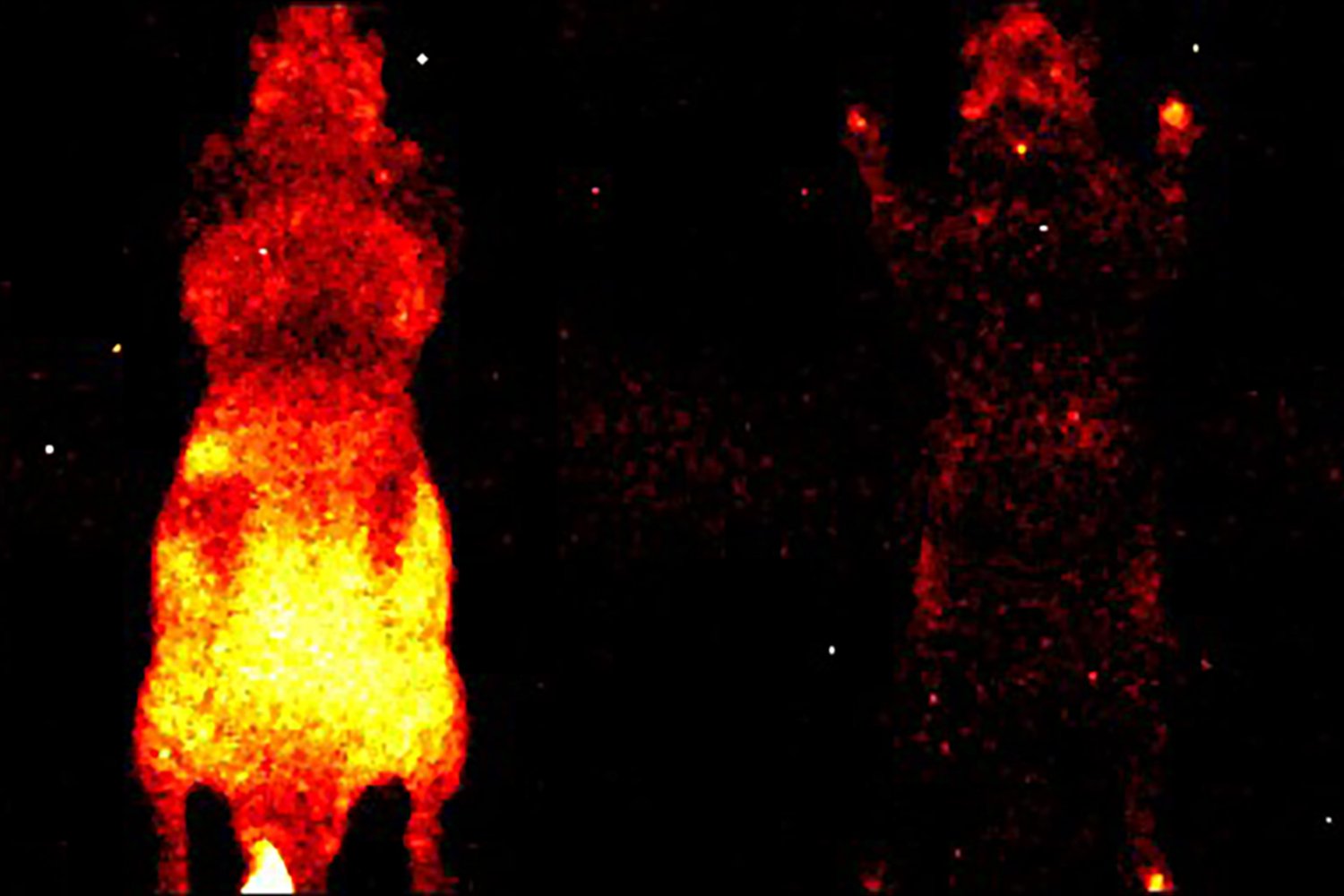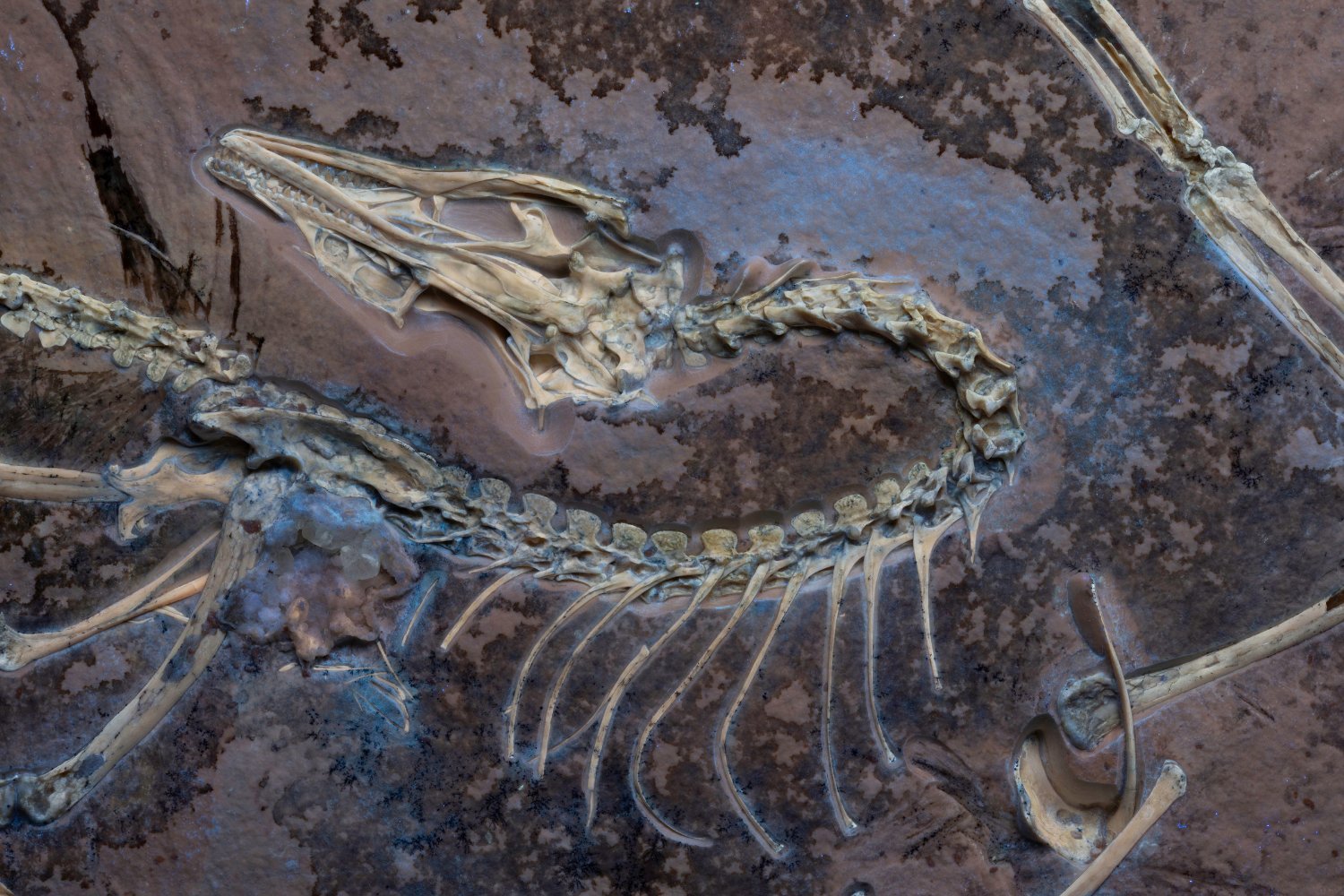The Turkish Pointer, a rare hunting dog breed known for its distinctive split nose, could hold the key to understanding facial clefts in humans. A new study has identified the genetic mutation responsible for this unique canine feature, suggesting similar mutations may play a role in some human cleft lip and palate cases.
Researchers from the National Institutes of Health and the KTH Royal Institute of Technology in Stockholm, Sweden, analyzed the genetics of over 2,000 dogs. Their work uncovered several gene variants connected to facial structure and size. One variant, found in the Catalburun (another name for the Turkish Pointer), is linked to the PDFGRA gene. This gene appears crucial in connecting the two halves of the face and mouth during embryonic development. The specific variant in Turkish Pointers explains their split-nose appearance.
“This indicates that the gene might be involved in some cases of human orofacial clefts,” explained Peter Savolainen, a canine geneticist at KTH. “While several genetic and environmental factors contribute to orofacial clefts in humans, this study provides a clue to another potential factor.” The study’s findings were published in Genome Research.
Facial clefts, affecting the lip and/or palate, occur in approximately one in 700 births. Untreated, the condition can impact feeding, speech, and increase the risk of ear infections. Fortunately, surgical repair is usually very successful. While most cases have no clear cause, factors like smoking, diabetes, and certain medications during pregnancy can elevate the risk.
Bred primarily in specific regions of Turkey, Turkish Pointers are renowned for their exceptional sense of smell. However, they are extremely rare, with an estimated population of only a few hundred. The breed isn’t even officially recognized by any kennel club. This small population size increases the risk of genetic diseases, a common issue with purebred dogs.
Yet, this rarity also offers a unique opportunity for researchers. “Studying highly inbred dog breeds is an excellent tool for identifying the genetic basis of morphological traits and diseases in humans,” Savolainen noted. “In humans, the vast genetic variation makes it challenging to pinpoint the exact mutation causing a specific disease.” The unique genetics of the Turkish Pointer, therefore, might unlock crucial information about human facial development and related conditions.
The team’s findings were published in the journal Genome Research. For more information on facial clefts, visit the CDC’s website.











